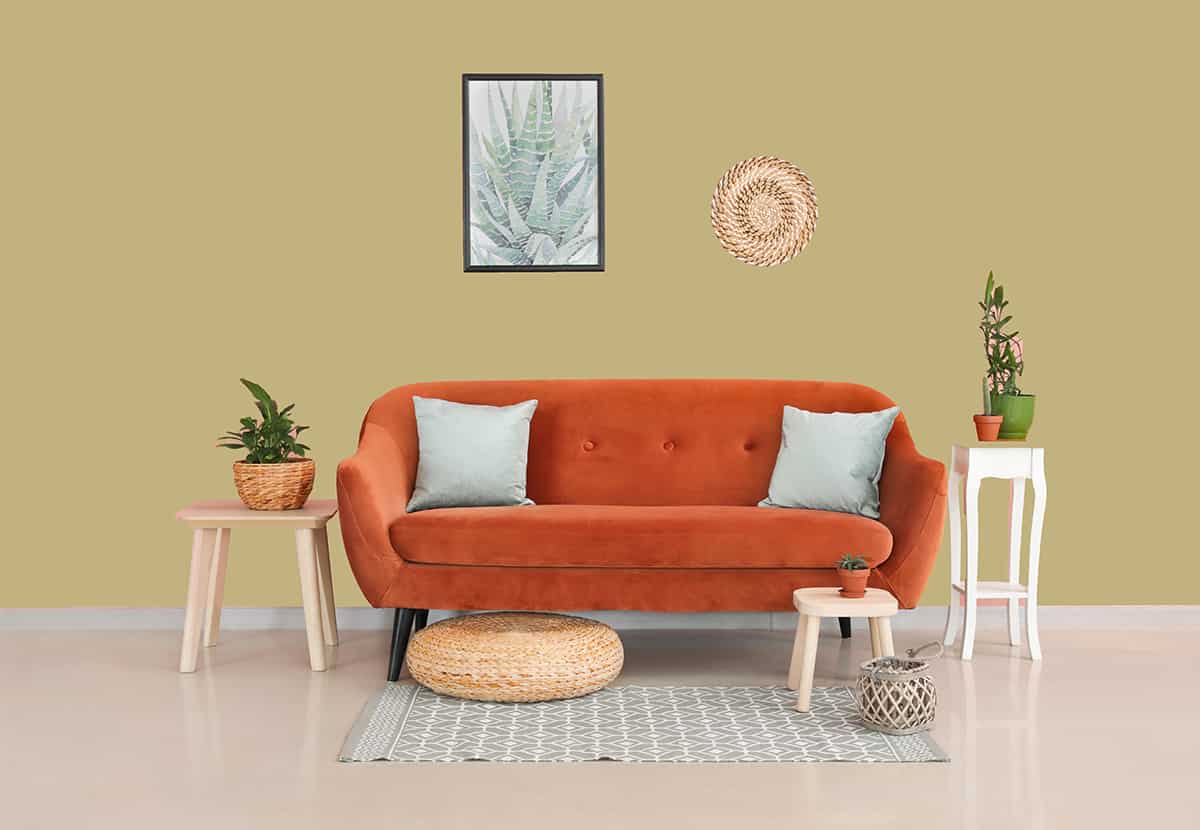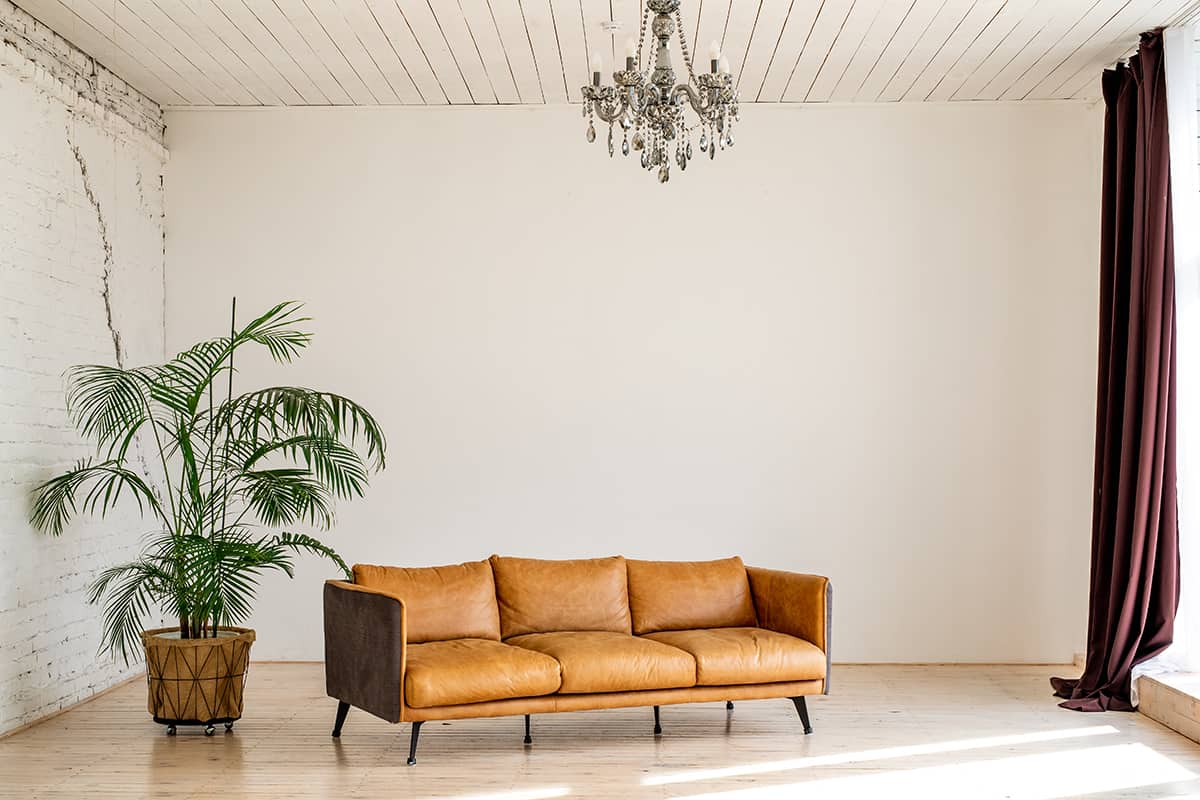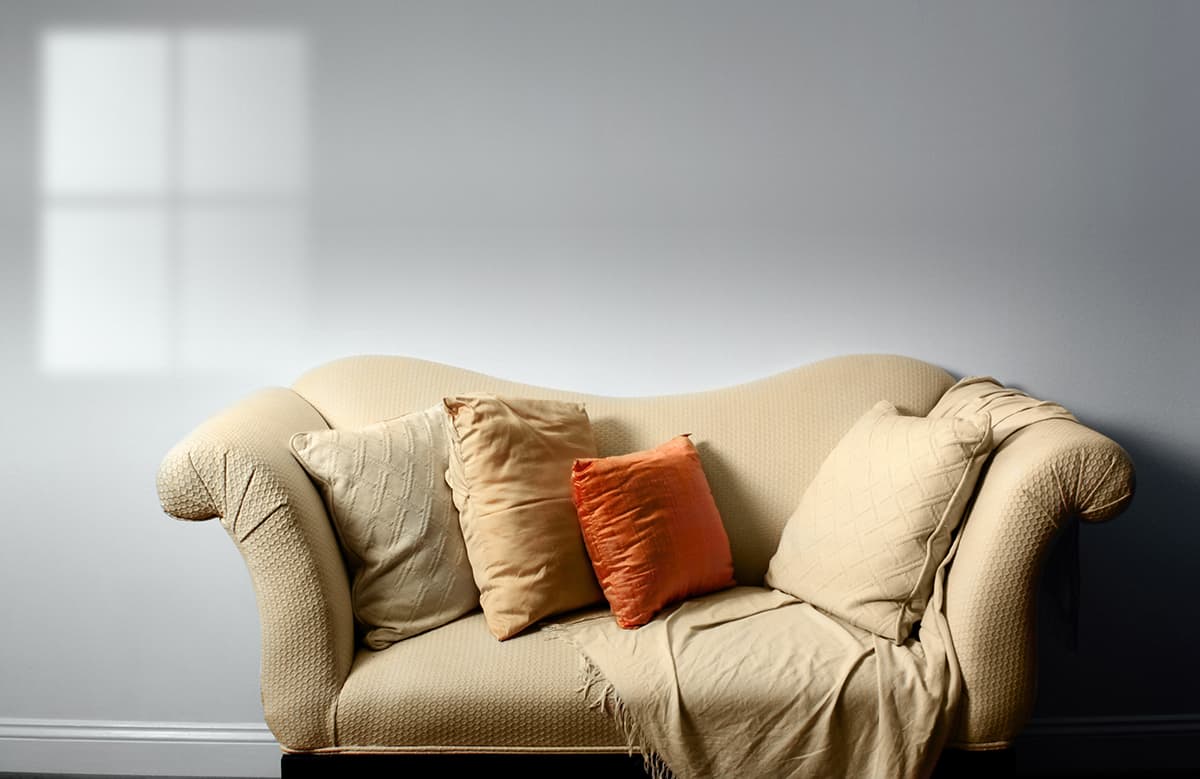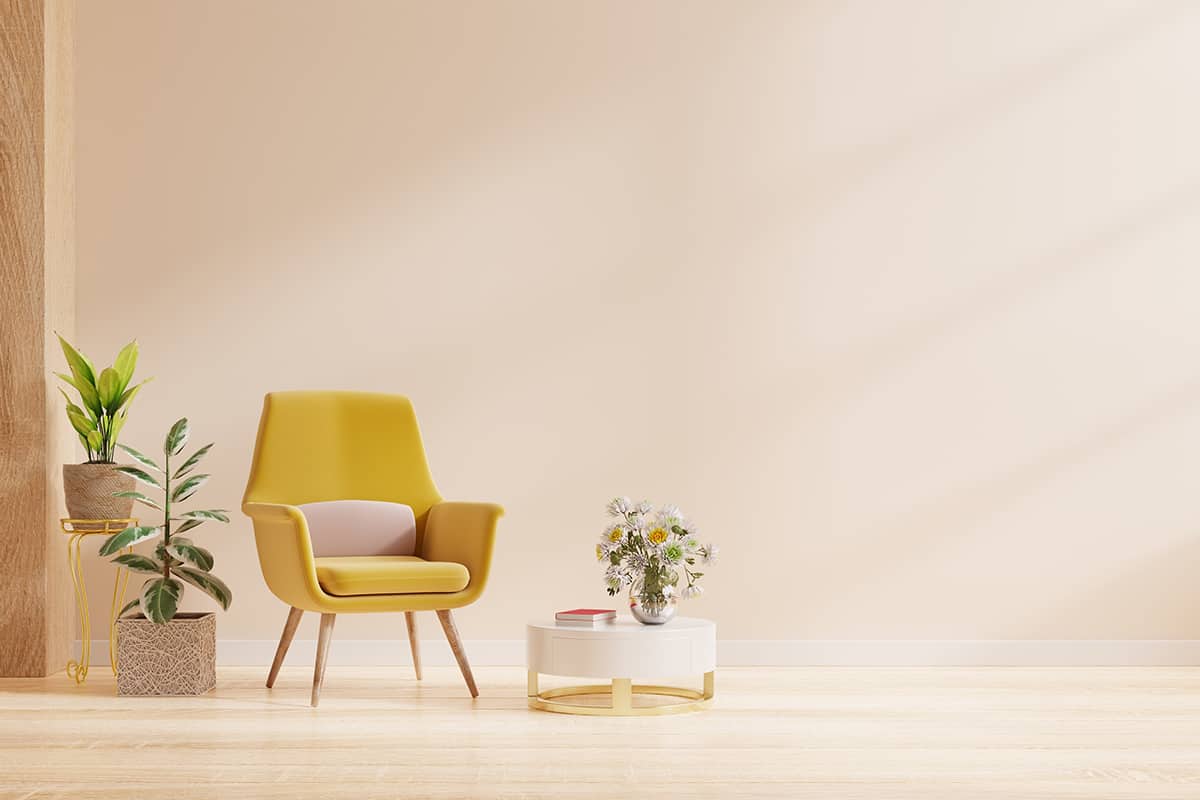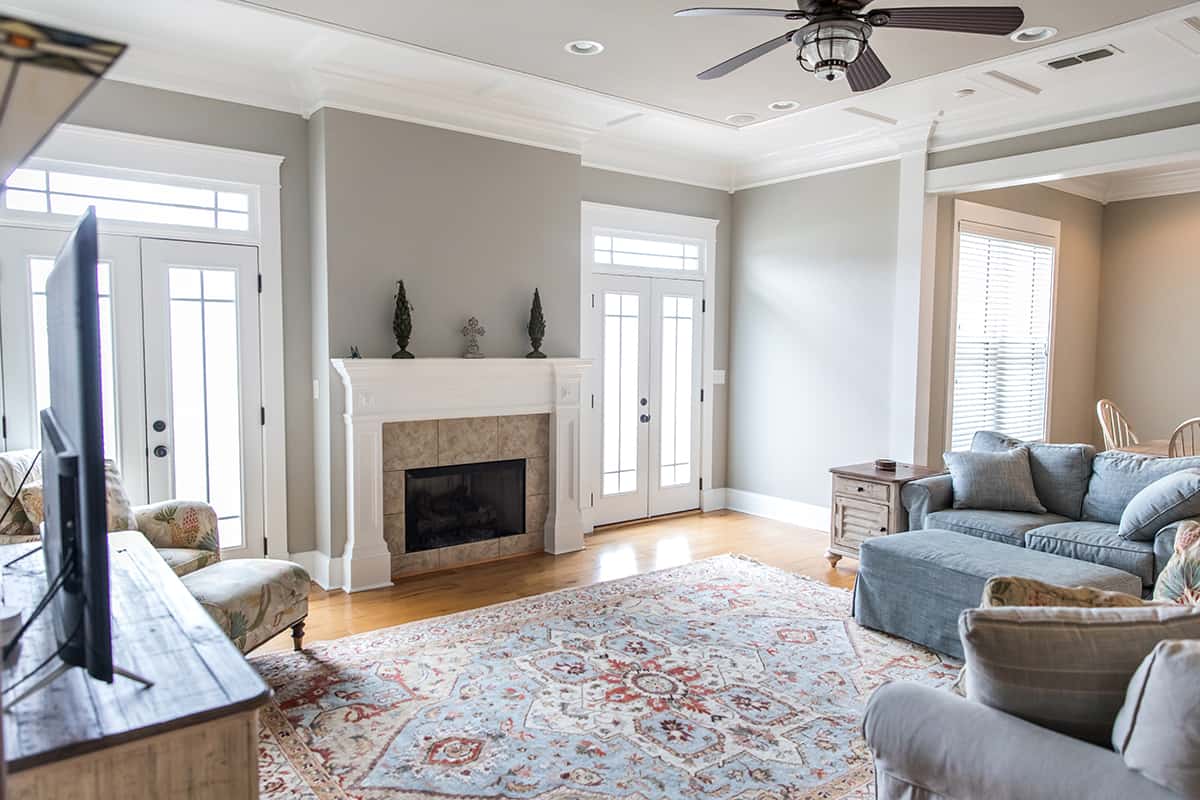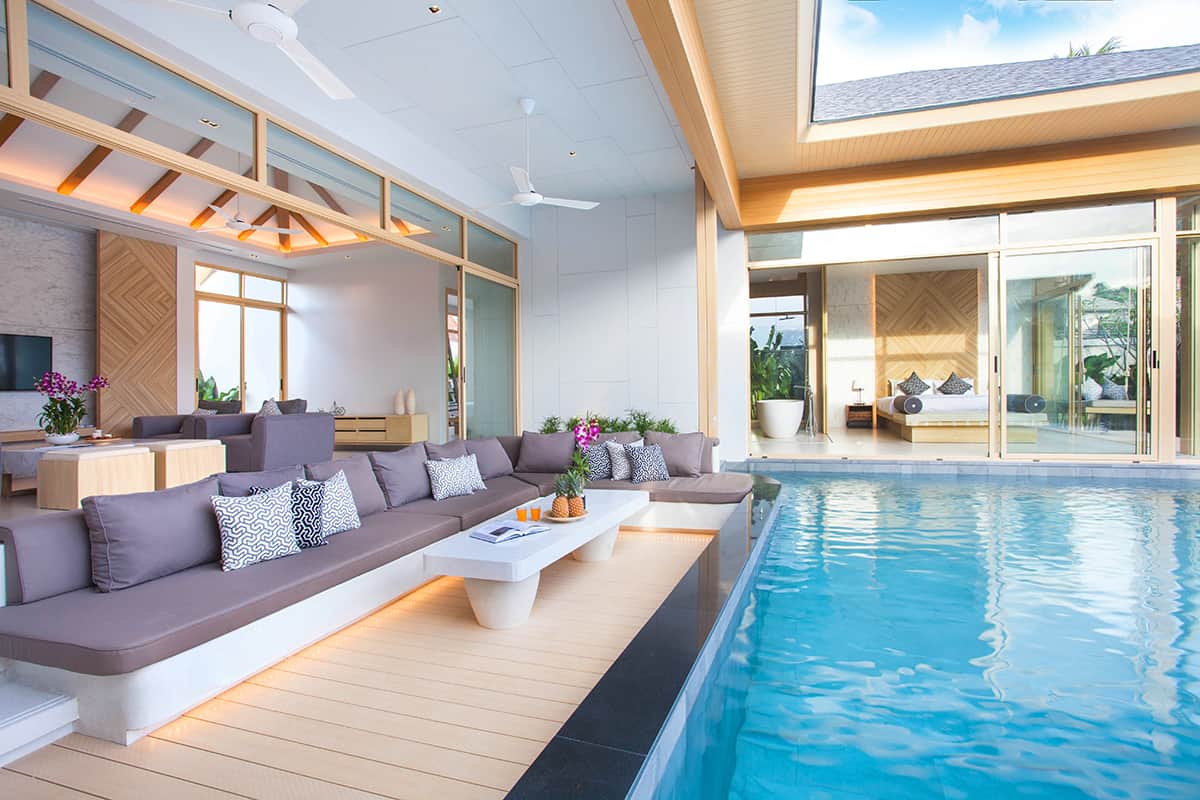Table of Contents
What Color is Sand Dollar?
Sand dollar is a shade of paint available from a number of prominent paint manufacturers, including Benjamin Moore, Sherwin Williams, and Dunn Edwards.
The color of sand dollar paint varies between the brands, with Sherwin Williams offering a sand dollar shade in a warm mid beige, while Benjamin Moore’s take on the sand dollar color is closer to an off-white. What all of the sand dollar colors have in common is that they are warm neutrals.
The sand dollar color is named after sand dollars that you can commonly find washed up on sandy beaches. Sand dollars are actually a species of sea urchin with flat, disc-shaped bodies which live on the sea bed. The skeleton of a sand dollar is called a ‘test’ and is made from calcium carbonate, and they have a symmetrical star-like shape.
When a sand dollar creature dies, the skeleton remains to get washed up onto the shoreline, where it will become bleached by the sun.
Some people collect sand dollar skeletons that they find on the beach, and they can be used in crafting or displayed in a frame hanging on the wall. Some people will fill a bowl or decorative plate of sand dollars they have collected, displaying them on a coffee table to help create a coastal or beachy look in a room.
The final color of a sand dollar can vary depending on how long it sat on a beach in the sun, before it was collected by a human. The longer a sand dollar has been subject to sunlight, the lighter the color of it will be.
Sand dollars that are not heavily bleached will have a light beige color, while those that have been in the sun for longer can have a color that is closer to white. For this reason, the color of sand dollars can be disputed as anywhere from off-white through to medium beige.
What Does Sand Dollar Color Mean?
The color of sand dollar varies between paint brands, but the overwhelming sense of sand dollar is that it is warm-toned and neutral. The sand dollar paint from Sherwin Williams is a medium shade of beige with pink-peach undertones, and the Dunn Edwards shade of sand dollar is a very similar shade, but it is slightly lighter, and it has a more evenly neutral hue with orange undertones.
The sand dollar paint from Benjamin Moore is much lighter and closer to a white color than a beige color. It is best described as a shade of off-white with a warm pink undertone. This color is related more closely to a sand dollar skeleton that has spent a long time on a beach being bleached by the sun.
Since it can be agreed that sand dollar is a warm shade hovering between white and beige, the meaning of this color has similar connotations to white and beige.
Beige is associated with blandness and being dull or boring, and in interior design, this color can sometimes create an outdated or old-fashioned atmosphere.
However, beige can also be used to convey a sense of comfort due to its warm tones in it. It is great for making a space feel welcoming and cozy, and since it is pale and neutral, it can also feel relaxing and casual.
The sand dollar paint color from Benjamin Moore is closer to white, so this is linked to feeling clean and fresh. The warm pink undertones in this shade give it a softness that translates to a more relaxed space rather than a crisp look in a room.
Similar Colors to Sand Dollar
Ivory
Ivory is a shade of off-white that is similar to the Benjamin Moore version of sand dollar. Ivory is predominantly made up of white, with a small amount of yellow to give it a creamy look. Both ivory and sand dollar are warm shades of off-white; however, they differ when it comes to their undertones, since the undertones of ivory are yellow, while the undertones of sand dollar are pink.
Sand dollar is a color that goes well with ivory to create a bright and airy space, and both will feel soft and dreamy. You could use these shades interchangeably in home decor, though sand dollar will achieve a more modern feel compared with ivory, which is more traditional.
Oyster
Oyster is an extremely pale shade of gray with a pink tint based on the luminescence of the inner oyster shell. Both oyster and sand dollar colors are light with pink undertones, which give them a similar look.
However, the presence of gray in oyster can make it feel cooler and crisper than sand dollar, so it’s a great choice if you want a distinctly contemporary space with a more subtle warmth.
Beige
Beige is very similar to the sand dollar color of paint from both Sherwin Williams and Dunn Edwards. Beige is generally more orange-toned, while sand dollar has orange-pink hues that give it a slightly more modern feel compared to your regular beige shade.
If you want a beige paint color that has a more interesting edge, sand dollar is a nice choice.
Off-white
The Benjamin Moore shade of sand dollar is a shade of off-white, so any warm off-white colors are going to look similar to the sand dollar color.
In low light, it can be tricky to pick up on the differences between off-whites because they can be very subtle; however, in bright light, the nuances will be more obvious.
Warm off-white paints can have yellow, orange, or pink undertones, and those with pink undertones will be most similar to sand dollar paint.
How to Use Sand Dollar Color in Home Decor
Warm and airy rooms
Sand dollar paint is great for using on walls to create a sense of open space. The pale color of sand dollar and the high presence of white in this paint means that it reflects light, which can help to make a room look bigger and airier.
Unlike cool neutral colors like pale gray, which could also be used to reflect light, sand dollar has a warmth that will also work to achieve a sense of comfort in a room. This makes it ideal for rooms that have north-facing windows and as such, can feel naturally quite cool. Sand dollar will create an artificial warmth that makes the space feel cozier and more welcoming.
Trim
If you want a light-colored trim but want to veer away from the typical white color, the sand dollar paint could make a nice alternative. Use it for trim in rooms that have dark, cool colors on the walls, such as navy blue, because the contrast between light and dark will be appealing, and the warmth in the trim will help to balance out the cool temperature of the walls.
You could also use sand dollar paint for trim in a white room to highlight the purity of the white while adding a hint of warmth.
Colors that Go with Sand Dollar
Blue-gray
A medium depth shade of blue-gray will look great alongside sand dollar paint because these are opposite shades in terms of cool versus warm, but there is not a bold light versus dark contrast, which means the resulting look is interesting but quite subtle. In a room with sand dollar paint on the walls, choose a blue-gray sofa and blue-gray lampshades.
Alternatively, in a beach-themed space, paint the walls in a mid-shade of blue-gray and use sand dollar paint for the trim. These colors can be used to represent the sea and the sky, along with the sandy beach, in a coastal-style room.
Dark brown
Dark brown is a color that remains in the same warm category as sand dollar, but it is dark and deep compared to the pale and light quality of sand dollar. This means that the two colors next to each other create a shade contrast.
To make a room feel really snug and cozy, dark brown and sand dollar colors will be a good choice. This is a color scheme that could verge towards an old-fashioned look, so stick to modern shapes and clean lines with furniture and accessories to avoid this.
Blush pink
Sand dollar paints have pink undertones, so you can use them to coordinate with other more obviously pink shades such as blush pink. Blush pink has a dusky, feminine feel, but it isn’t overly warm. Adding sand dollar paint to a blush pink theme can help create a warmer and more welcoming atmosphere in a space without compromising on the modern style.
Use blush pink on the walls and sand dollar paint on the trim for a subtle sense of harmony, or use sand dollar as your main wall color and add dominant pieces of blush pink furniture such as sofas.
